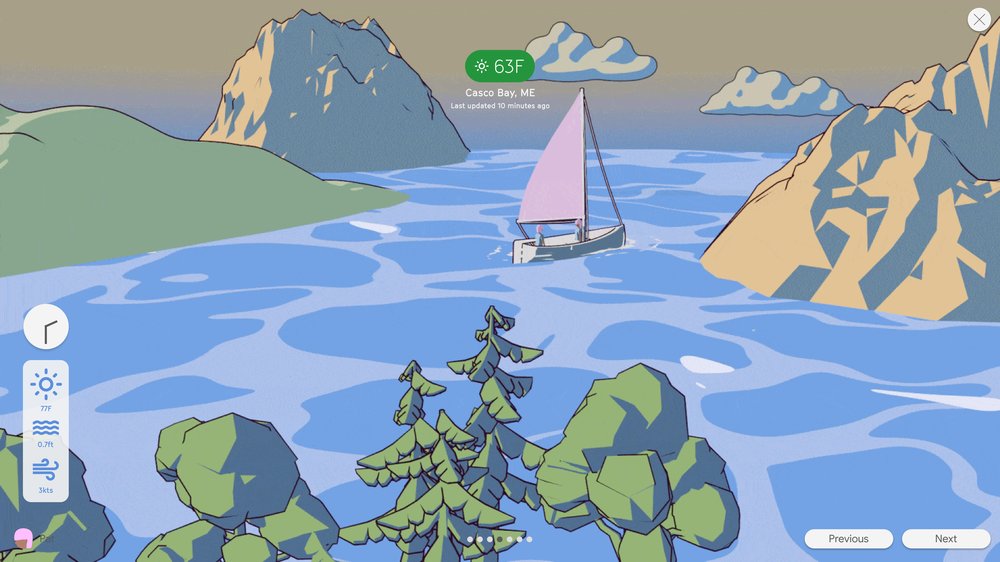In 2018, we launched Google’s AI Principles to ensure we’re building AI that not only solves important problems and helps people in their daily lives, but also AI that is ethical, fair and safe. At the same time, we launched a central Responsible Innovation team to ensure the rest of Google is held accountable to these AI Principles. As the team grows, we continue to incorporate the perspectives and ideas of people from around the world — and this spring we welcomed our first intern, Lieke Dom. Lieke is based in Amsterdam, recently got her Master’s in Digital Business & Innovation, and is completing her Master’s in Applied Ethics.
I sat down with Lieke to learn more about her experience so far, including how her educational career led her here and what she’s learned from the internship.
Can you tell me a bit about your background?
In undergrad, I studied Communication Science and had some exposure to subjects like ethics and philosophy of technology. Studying at a technical university triggered my interest in this field, so I started a Masters in Philosophy of Science, Technology & Society. While I felt the tools and methodologies that you learn in philosophy are important to technology and business, I realized I didn’t want to go into pure philosophy as my main profession.
Why is that?
I think of ethical decision making as a skill that’s essential to most — if not all — professions. In order for a company, or a society, to truly build ethical technology, everyone involved in the research and product development process has to be equipped with ethical and responsible problem solving skills.
How did this thinking shape your educational focus?
I wanted to think about ethical problems with an emphasis on how we can apply methodologies from ethics and philosophy to contemporary issues. So, I pivoted to a Digital Business & Innovation degree followed by a Masters in Applied Ethics, both of which I’m completing during my internship. By combining these programs, I learned a lot about the opportunities technology provides businesses and the challenges that arise as a result of technological innovation.
Both of those degrees seem really well suited for the field of Responsible Innovation — did you know this was the field you wanted to go into when you chose those degrees?
While I knew I wanted to go into a field that combined ethics and technology, I didn’t know that a team like the Responsible Innovation team existed for most of my academic career. I chose studies based on my interests, but I wasn’t sure what it could bring me in my further career. Then, during my first Masters, a friend of mine gave me a book by Barbara Sher called Refuse to Choose!, which highlights the power of combining seemingly distinct fields. Reading about other people who didn’t choose a specific course and instead studied what interests them made me realize that the most important thing is that your journey makes sense to you. Although my degrees felt pretty haphazard (to others), it made sense to me how these areas complement each other. However, I was unsure about how these would come together in a professional career. So I was excited to find out about Google’s Responsible Innovation initiatives and AI Principles and eventually find a role on this team.
Did your understanding of tech ethics change during your internship?
During my internship I got to sit in on some AI Principles Reviews, a process that assesses proposals for new AI research and application for alignment with our Principles. I’m also working on expanding our body of external case studies so that we can share our learnings with AI practitioners everywhere — my colleague Dr. Molly FitzMorris recently published our team’s first business school case study in partnership with the Berkeley Haas School of Business. I’ve enjoyed working on these case studies because they show how our Principles are operationalized across the whole company.
These experiences deepened my belief that ethical decision making is an important skill for everyone to have, from developers, to designers, and researchers beyond teams like Responsible Innovation. Being on this team has also reinforced that it’s essential to have people tasked with taking deep dives into what the ethical development of technologies like AI should look like, ensuring that other people put those ideas into practice. Ethics aren’t defined or static, so it’s important to have people who devote themselves completely to it.
Can you share any key learnings and takeaways from your internship?
Stay eager to learn, and always ask a lot of questions. Find what genuinely interests you, and don’t be afraid if that strays from traditional or linear career paths; even if those areas don’t seem directly related, interdisciplinary skills and thinking are incredibly valuable.
And if you’re interested in going into tech, don’t limit yourself to purely technical fields. These days, technology is interwoven into almost all aspects of our everyday lives. Understanding the human and cultural components of new technology is essential to understanding its broader impact — and ensuring that it is really serving everyone.
